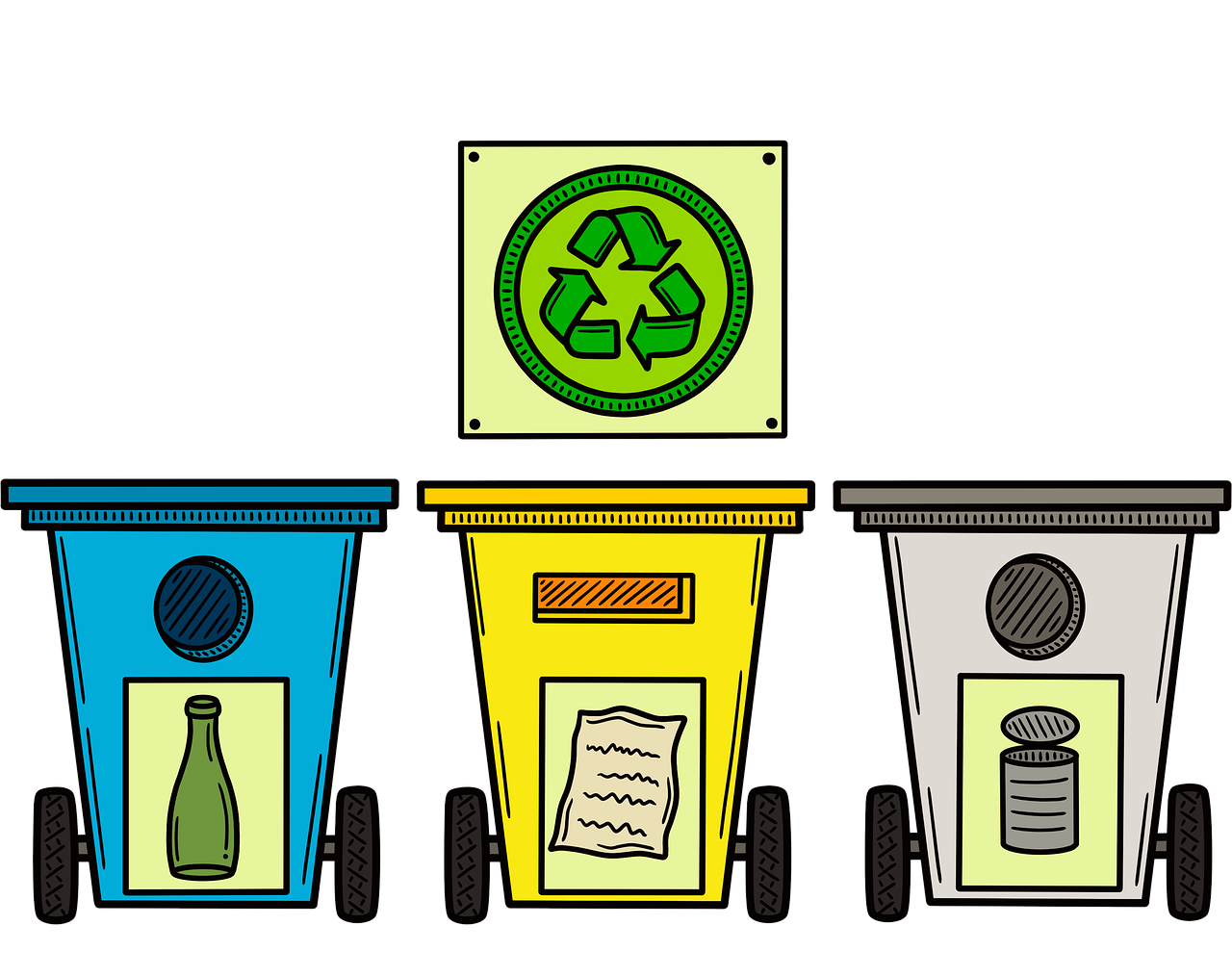Renovation is exciting—but also messy. From bricks and tiles to garden waste and broken furniture, there’s often a lot left behind. That’s why we’ve teamed up with Proskips, a trusted UK skip hire company, to create this guide for anyone tackling a DIY project and wondering: what do I do with all this stuff?
This guide will walk you through how to handle renovation waste responsibly—so you can stay on the right side of the law, protect your local environment, and finish your project the right way.
Why Renovation Waste Matters (More Than You Think)
Once the dust settles after a home project, you’re often left with more than just a great-looking room. Broken plasterboard, old tiles, tangled wires, empty paint tins—it all adds up fast. And unless you’ve planned ahead, dealing with that growing pile can feel overwhelming.

- England generated 21.5 million tonnes of household waste in 2022, accounting for 84% of the UK total.
- While large-scale construction contributes heavily, DIY home renovations also add a significant amount to this figure.
Here’s why responsible disposal matters:
- A large portion of renovation waste still ends up in landfill—often needlessly. Materials like wood, metal, bricks, and even old kitchen units can usually be recycled or reused.
Too often, these materials are:
- Tossed into black bags without sorting
- Dumped illegally (fly-tipping)
- Left to contaminate otherwise recyclable materials
Fly-tipping continues to be a serious issue
- Over 1 million fly-tipping incidents were dealt with by local authorities in England during 2022/23.
The environmental consequences of improper disposal include:
- Soil and water contamination
- Harm to local wildlife
- Air pollution
- Contamination of recyclable materials, making them unusable and increasing landfill waste
Step-by-Step: How to Handle DIY Waste Responsibly
1. Plan Waste Management Early
Treat waste disposal like any other part of your project. Before you start, make a rough inventory of what types of waste you’ll generate—tiles, timber, insulation, electrical wiring? This will help you decide what size skip you’ll need or whether you should book a collection for specific items.
Top Tip from Proskips: Many homeowners underestimate how much space rubble takes up. Always size up rather than down—it’s more cost-effective than needing a second skip later.
2. Separate Materials as You Go

Don’t wait until the end of the project to sort your waste. Have clearly marked bags or piles for:
- Wood
- Metal
- General waste
- Hardcore (brick, concrete, stone)
- Plasterboard
- Garden waste
This not only makes disposal easier, but increases the chance that more of your materials can be recycled.
3. Understand What Can and Can’t Go in a Skip
A lot can go in a skip—but not everything. Here’s a quick breakdown:
✅ Can go in:
- Tiles and bricks
- Plaster and timber
- Soil and garden waste
- Furniture and old fittings
❌ Cannot go in:
- Paint tins (unless empty)
- Asbestos
- Tyres
- Electrical appliances (e.g., fridges, ovens)
- Gas canisters
- Batteries and hazardous chemicals
Proskips’ Advice: Always check before loading. If in doubt, ask. Some restricted items can be taken with special arrangements.
4. Avoid Fly-Tipping at All Costs
It might be tempting to drive your waste to a quiet roadside or load it into someone else’s skip—but it’s illegal. According to the GOV.UK, bigger fines are possible for littering and fly-tipping.
If you’re hiring someone to remove waste for you, make sure they are a licensed waste carrier. You can check the register on the Environment Agency website. If they dump it illegally, you could still be held responsible.
5. Use Local Recycling Centres
For smaller quantities or specific items like electricals, check your local household waste recycling centre (HWRC). Many accept bulky DIY waste like tiles, carpet, and insulation—but there are often limits, so plan ahead.
Finish Strong: Make Waste Part of the Plan
Let’s be honest—no one takes up DIY for the love of tidying up. But ignoring the waste problem won’t make it disappear. Responsible renovation means thinking beyond the build and taking ownership of the cleanup.
So next time you’re sketching out a new garden layout or planning your bathroom re-fit, don’t just budget for tiles and paint—budget for the mess, too.
It might not be the glamorous side of DIY, but it’s the part that keeps your home, your street, and your planet cleaner.
♻️ Ready to Renovate the Right Way?
Get ahead of the mess. So your dream project doesn’t leave a nightmare behind.

